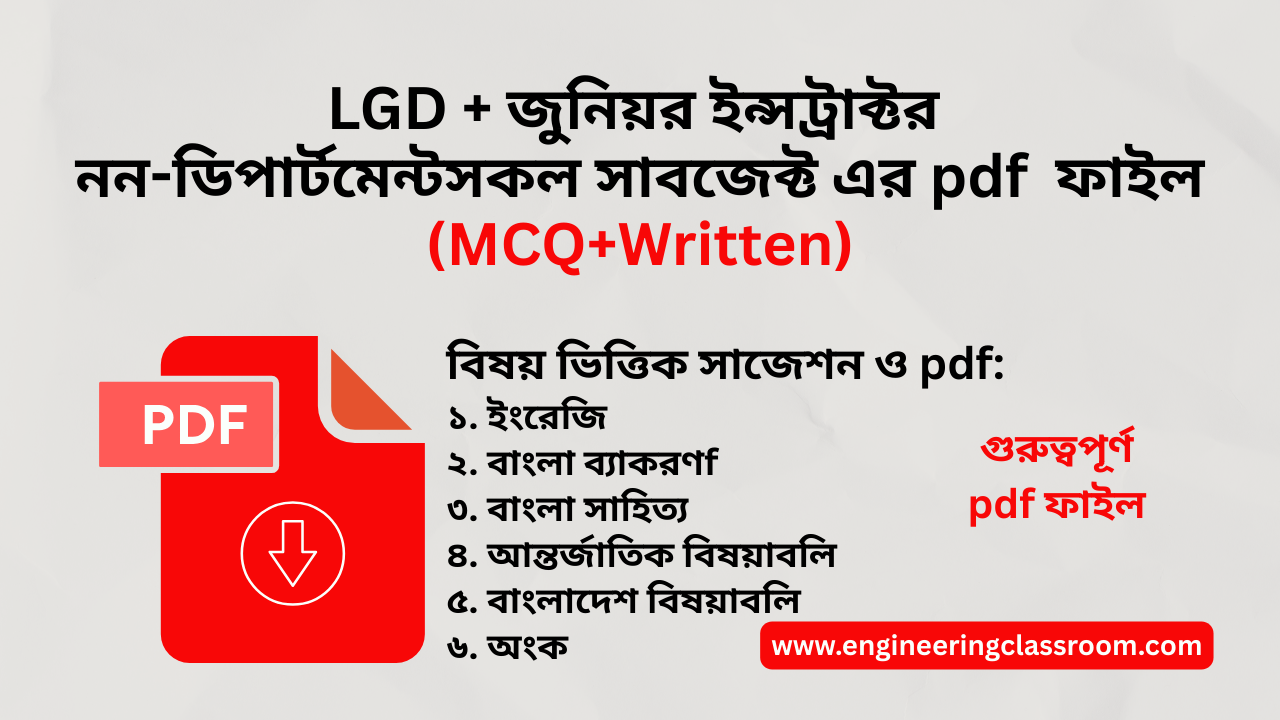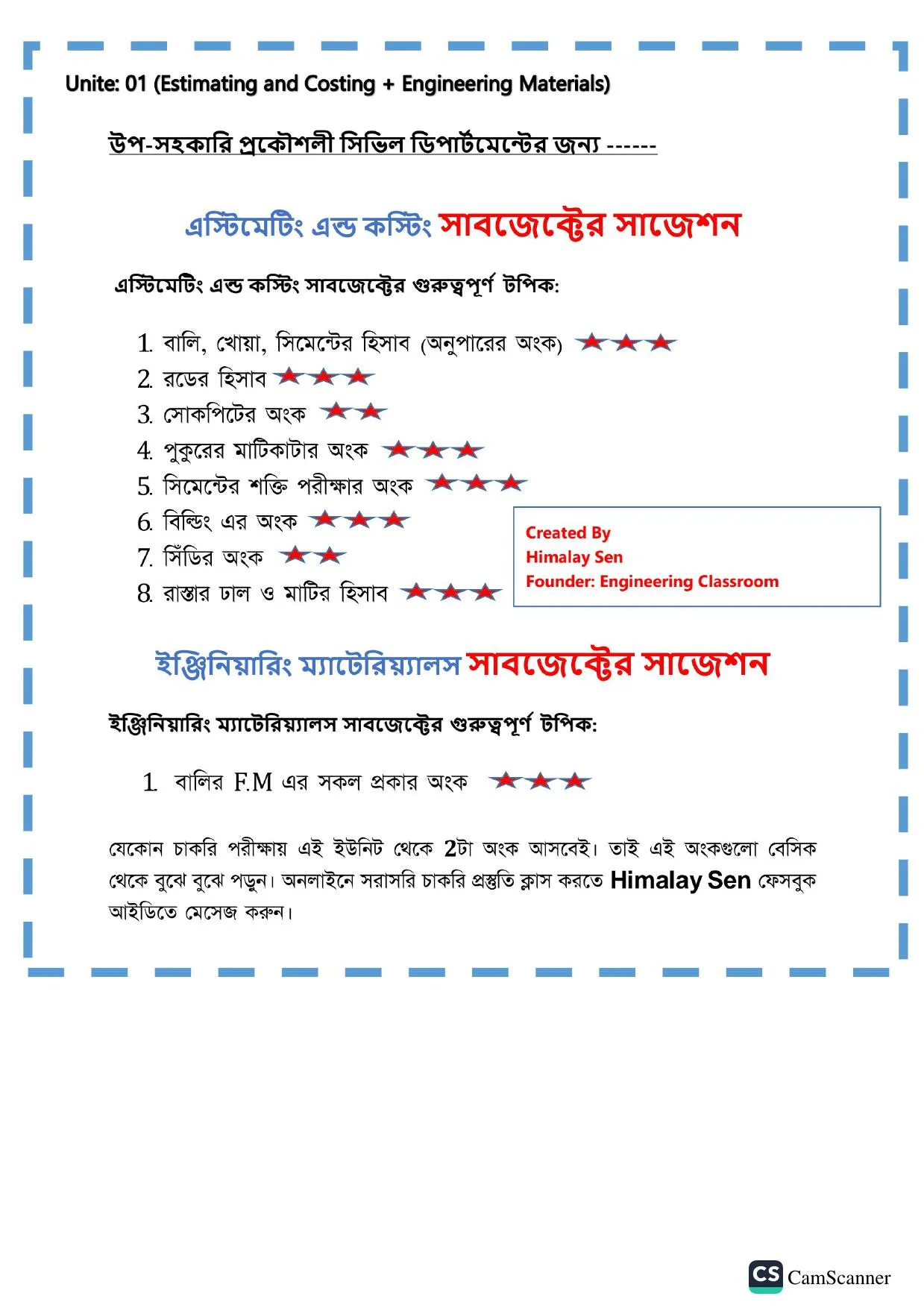MCQ
1721. The double energy transient occur in the-
R-L circuit
R-C circuit
R-L-C circuit
Purely inductive circuit
1722. What quantity of charage must be delivered by a battery with a potential difference of 100 V to do 500) of work?
5C
50C
0.5C
500C
1723. In a loss-free R-L-C circuit, the transient current is-
Oscillating
Square wave
Sinusoidal
Non-oscillating
Himalay Sen Sir
ইলেক্ট্রিক্যাল ডিপার্টমেন্ট Mcq
EEE MCQ
Electrical Department all question
এসি সার্কিট MCQ ALL
AC Circuit mcq
ব্যাখ্যা: ব্যাখ্যা: The circuit is losa-free, therefore there will be no effect of resistance and components: Land C. The transient 2 current will be sinusoidal in nature.
1724. Pure inductive circuit takes power from the A.C. line, when-
Applied voltage decreases but current increases
Applied voltage increases but current decreases
Both applied voltage and current increase
Both applied voltage and current decrease
1725. --- Power factor of the following circuit will be zeгo.
Resistance
Inductance
Capacitance
Both (b) and (c)
1726. The capacitance of a capacitor is influented by-
Plate thickness
Plate separation
Plate area
Both (b) and (c)
1727. How long does it take 50 µC of charge to pass a point in a circuit if the current flow is 15 mA?
3.33 x 10^3s
6 x 10^3s
6.33 × 10^3s
2s
1728. In any A.C. circuit always-
Apparent power is more than actual power
Reactive power is more than apparent power
Actual power is more than reactive power
Reactive power is more than actual power
1729. Which of the following statements pertains to resistors only?
Can dissipate considerable amount of power
Can act as energy storage devices
Connecting them in parallel increases the total value
Oppose sudden changes in voltage
1730. Capacitive reactance is more, when-
Capacitance is less and frequency of supply is less
Capacitance is less and frequency of supply is more
Capacitance is more and frequency of supply is less
Capacitance is more and frequency of supply is more
1731. The purpose of a parallel circuit resonance is to magnify-
Current
Voltage
Power
Frequency
1732. A capacitor opposes---
charge in current
charge in voltage
both charge in current and voltage
none
1733. Pure inductive circuit-
Consumes some power on average
Does not take power at all from a line
Takes power from the line during some parts of the cycle and then returns back to it during
other parts of the cycle None of the above
1734. Magnitude of current at resonance in R-L-C circuit-
Depends upon the magnitude of R
Depends upon the magnitude of L
Depends upon the magnitude of C
Depends upon the magnitude of R, L and C
1735. An air-core choke coil and an electric bulb are connected in series with ac mains. On introducing soft iron bar in the coil, the intensity of light will-
fluctuate
remain unchanged
increase
decrease
1736. The safest value of current the human body can carry for more than 3 second is-
4mA
9mA
15mA
25mA
1737. In an AC circuit, a low value of KVAR compared with kW indicates-
Low efficiency
High-power factor
Unity power factor
Maximum load current
1738. In a highly capacitive circuit, the-
Apparent power is equal to the actual power
Reactive power is more than the apparent power
Reactive power is more than the actual power
Actual power is more than its reactive power
1739. What will be the phase angle between two alternating waves of equal frequency, when one wave attains maximum value and the other is at zero value?
45°
90°
180°
30°
1740. One watt-hour is equal to-
360 Joule
300 Joule
3000 Joule
3600 Joule

















